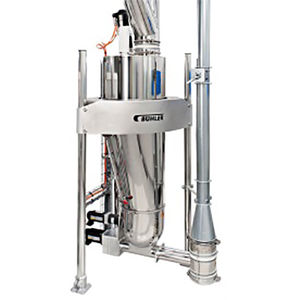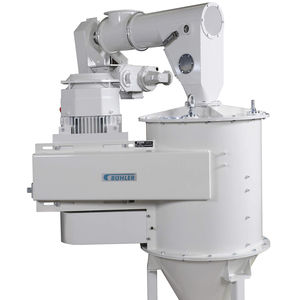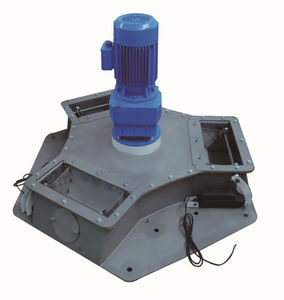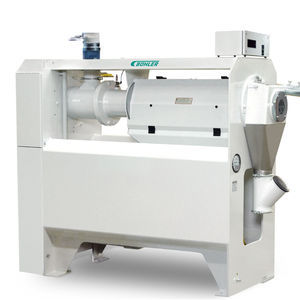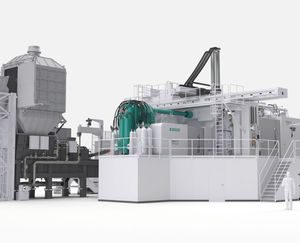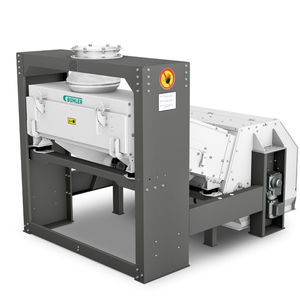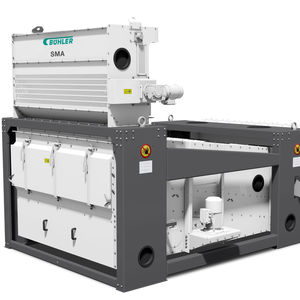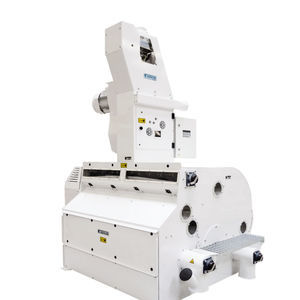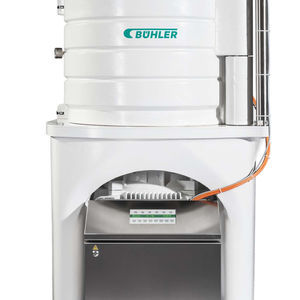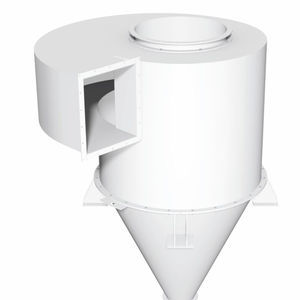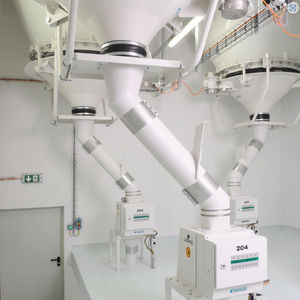
Food sieve LAKA seriesfor graincleaning




Add to favorites
Compare this product
Characteristics
- Applications
- for food
- Other characteristics
- for grain, cleaning
- Diameter
950 mm, 1,350 mm
(37 in, 53 in)
Description
By pre-cleaning, our drum sieve LAKA removes wood, corncobs, and other coarse objects from grain. It protects downstream equipment and is designed for terminals, ports, reception areas, and processing plants for grain, rice, and animal feed.
Powerful throughput
The drum sieve is able to process up to 800 tons of grain or product per hour.
Designed for easy maintenance
The drum sieve LAKA is easily accessible for cleaning and maintenance. With its large front door and removable panels on both sides of the machine, you can easily access the drum sieve to clean or maintain it.
Protect your downstream equipment and keep your processes running smoothly
Use the drum sieve LAKA at the beginning of your production process to remove coarse particles from grain. This helps to avoid damage to the downstream equipment and keeps your production process running smoothly.
Efficient coarse cleaning
The split sieve drum consists of an inlet and outlet cylinder with guided screw and various sieve combinations. This results in efficient coarse cleaning for high reception throughputs.
Screen change and cleaning
Two options are available for easier changing and cleaning of the screens. By the swivel arm, the inlet channel can be swiveled out of the machine. The sieve drum can be easily removed by the stationary crane trolley.
Catalogs
No catalogs are available for this product.
See all of Bühler Group‘s catalogsExhibitions
Meet this supplier at the following exhibition(s):

Related Searches
- Grinding mill
- Screening unit
- Bulk material screening unit
- Horizontal grinding mill
- Pelletizer
- Vertical grinding mill
- Food lump breaker
- Vibrating sieving machine
- Impact grinding mill
- Roller grinding mill
- Building materials grinding mill
- Sieving machine for the food industry
- Hammer grinding mill
- Grinding mill for the food industry
- Sifter
- Compact screening machine
- Automatic grinding mill
- Process centrifuge
- Powder sieving machine
- Ball grinding mill
*Prices are pre-tax. They exclude delivery charges and customs duties and do not include additional charges for installation or activation options. Prices are indicative only and may vary by country, with changes to the cost of raw materials and exchange rates.







